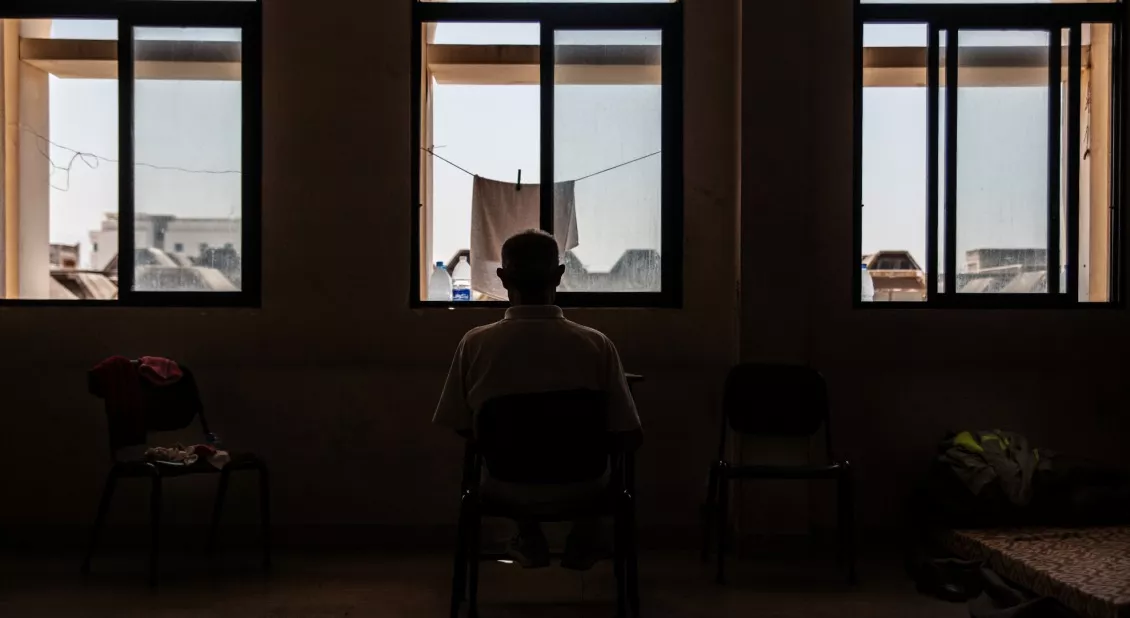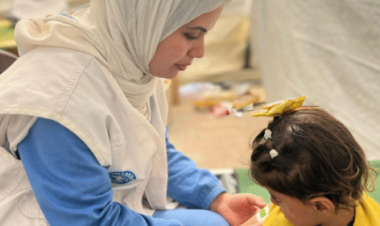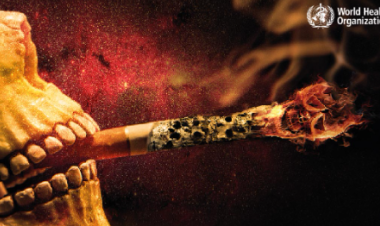Six months after the November 2024 ceasefire in Lebanon, military activity continues in the south, the Bekaa Valley, and Beirut’s southern suburbs. Civilians remain at high risk, with recent attacks striking populated areas and threatening lives and livelihoods.
“One of the last air strikes was on May 8th,” explains Suzanne Takkenberg, Director of Action Against Hunger in Lebanon. “On that day, there were more than 19 attacks in the space of an hour in southern Lebanon, close to our distribution points, forcing us to temporarily halt our activities.”
1 in 6 people still can’t return home
According to the International Organisation for Migration, around 90,000 people remain internally displaced. Although over 900,000 people have returned back to their communities, many still can’t access their homes because of destruction or ongoing danger from unexploded ordnance. These families often live in borrowed apartments or temporary rentals.
Displaced families also face major challenges accessing clean water, sanitation, and healthcare. “Displacement, extraordinary increases in the cost of living, interruptions in food supply, loss of livelihoods, and damage to water and sanitation infrastructure are some of the barriers that prevent civilians from meeting their most basic needs,” says Suzanne Takkenberg.
This is the case for Ali*, who was displaced during the September 2024 escalation of conflict. After his home in Dahiye, Beirut’s southern suburbs, was destroyed, he had no choice but to flee and seek refuge. Like hundreds of others, Ali arrived at Bir Hassan School in southern Beirut, looking for a place to stay. Eight months later he’s still there, without a job, struggling to access food and clean water.







